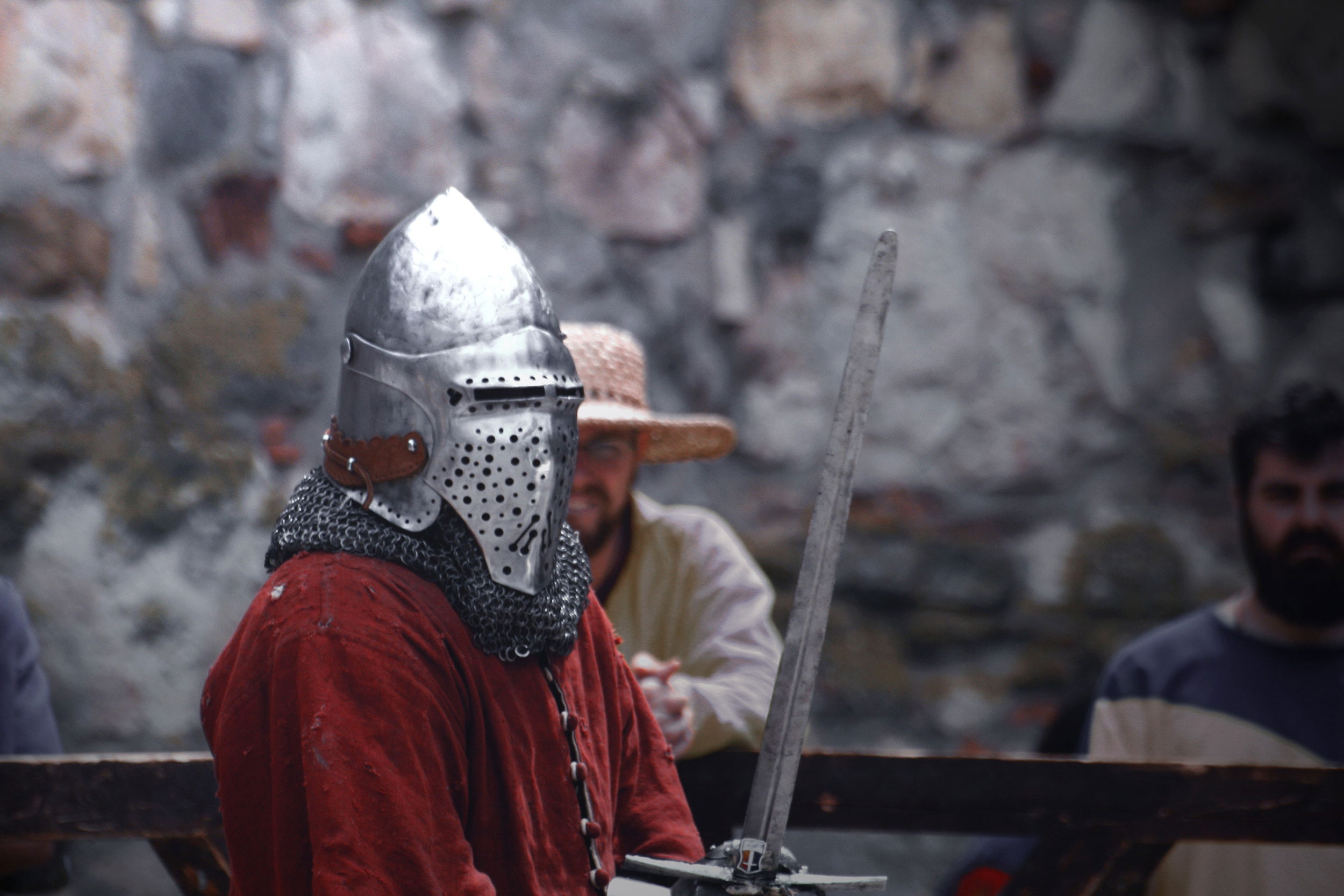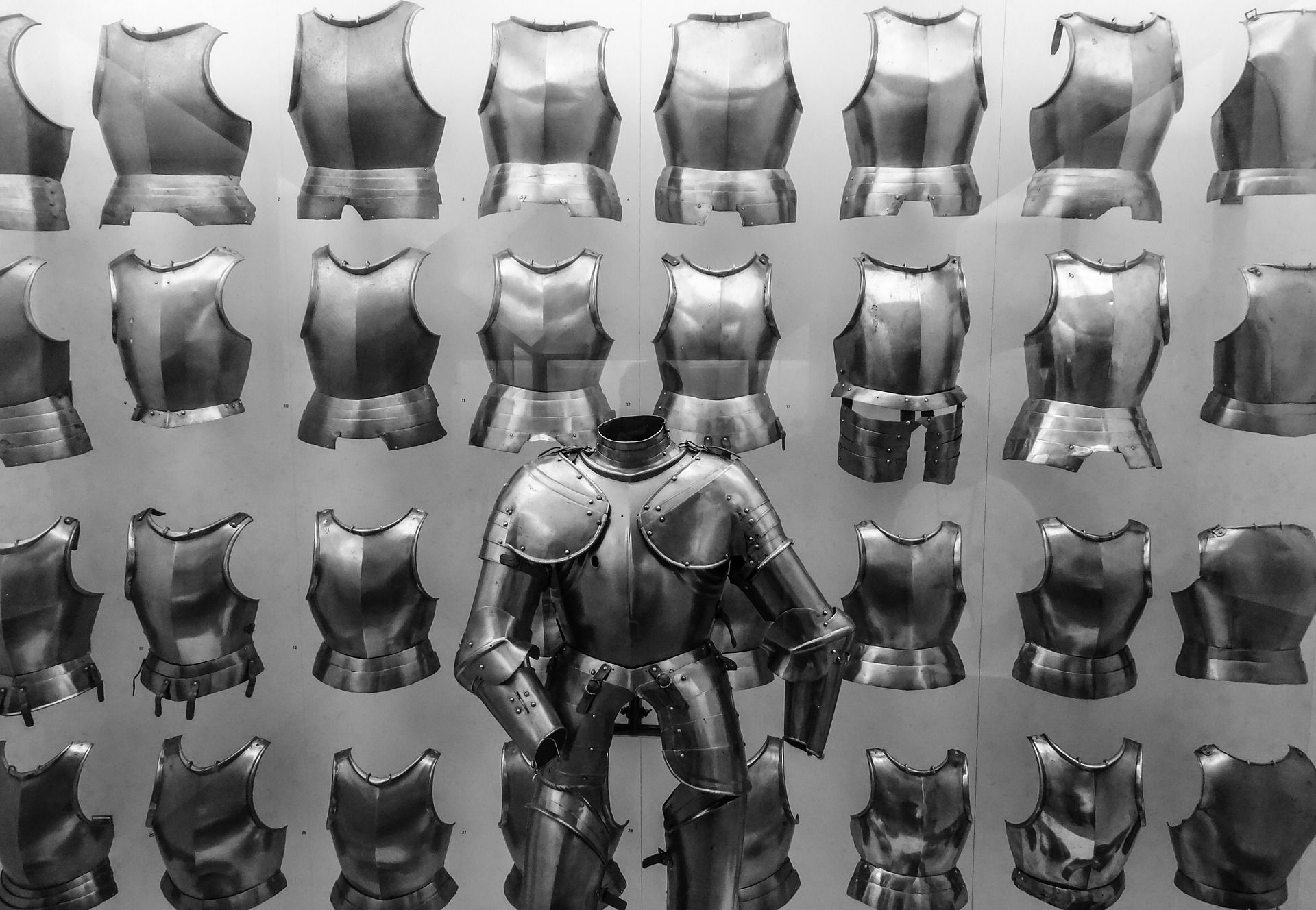How Important are Accurate Clothing, Weapons, and Armor?
Every writer must have some level of realism and believability to make their stories hold water. Historical, accuracy in such themes as cultural norms, religious beliefs, and customs all must be taken into careful account. With countless depictions of the Middle Ages in both films and books, as well as a general misunderstanding of the vast differences in European evolution of both weapons and armor as well as clothing, accuracy can seem difficult.
Luckily, the modern world has so much stored information, on the internet, authors and readers alike are only literally a few clicks away from answers. Now, just because it is on the internet, that does not mean it is true. There is a lot of wrong information out there, particularly on trendy pop-culture type sites. But for the most part, serious researchers are going to find reputable, accurate, history at least when it comes to the armor, clothing, and weapons used by cultures. However, what if you don't what to follow what is historically accurate? A lot of times the truth about historical norms can ruin what the author might think looks more astatically pleasing. Should obvious inaccuracies be overlooked for visual aesthetics?

For historical dramas or fiction, I would say that creator of the work should trend on almost pure accuracy. Common social norms should not be broken lightly. In the 2016 remake of the classic book Ben Hur, we see an example of just how much accuracy in the details can make a huge difference. Although considered a flop by many critics I personally thought most of the film was excellent. It had great acting and a deep storyline. That said it was not perfect. One problem that I had with it is that the clothing was very historically inaccurate. This film that was supposed to take place two thousand years ago fails epically on this aspect, with one scene even showing a Jewish woman wearing pants. This made the movie worse as a whole and very frustrating at times. Armor and weapons usually are not as important to get 100 % right and certainly are not going to draw nearly as much criticism as the ridiculous example just given. However, with historical tv shows and YouTube videos on the rise, more people are quick to point out flaws in things that might have gone unnoticed in years past. Materials, skillset, and resources of a culture are great things to take into account.

Modern fantasy certainly has more room for inaccuracy than historical fiction, being that oftentimes the cultures and realms are purely fictional. However, high fantasy needs rules on how inaccurate you can go. People and places should at least derive some inspiration from real-life cultures and geography. Throwing several different periods of history together is a common theme with fiction writers, and in most cases can work very well, as long as there are some basic limits. Weapons and armor need to remain practical and effective. This is where it is the easiest to get in trouble. Swords and axes are not ornaments or artwork, they are primarily weapons designed to be wieldable and effective. Despite what computer games might portray, armor is not a fashion statement, it is to protect the soldier using it. I absolutely detest gaudy unpractical armor concepts that clearly would never be functional or protect the user. Chainmail is often a great option for fantasy medieval armor because so many different cultures throughout the centuries used it and it was fairly effective. Leather is another underutilized fabric that was lighter than most other forms of protective body armor. Whatever is decided on, make sure that the main objective of armor is always to protect the user particularly his or her vitals like the chest, abdomen, and head. If you can't get that right, then don't have them use any armor at all.